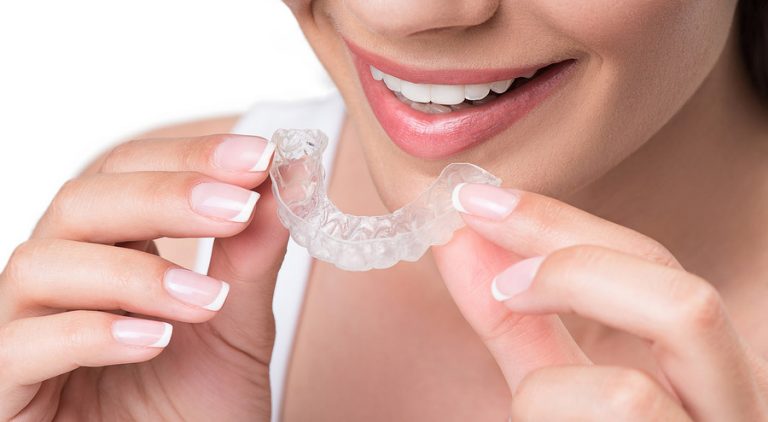An Insight Into Bruxism!! Why It Happens & How It Is Treated..
Bruxism is one of those terms that is thrown around from time to time (usually by a dental professional) and you’re never quite sure what on earth it means. Well, you needn’t wonder anymore. We’re going to cover everything you need to know about Bruxism in this blog.

Bruxism is a condition that is said to affect around 8-16% of the Indian population. It’s more commonly known as the grinding of teeth. And when combined with the clenching of the jaw, it can cause issues such as tooth wear and breakage, headaches and even disorders of the jaw.
How To Know If You Are A Bruxist
There’s a few ways you can tell. Other than the symptoms we mentioned earlier, here are a few more symptoms to look out for:
- Facial pain
- Earache
- Pain, clicking and stiffness in the jaw joint
- Disrupted sleep
- Broken teeth and fillings
- Painful tongue
What Causes Bruxism?
Bruxism can be attributed to many factors, both medical and lifestyle; but there are certain habits and conditions that have been found to contribute more significantly to bruxism.
Sleep Disorders
Sleep disorders are the most common cause of bruxism. This is mostly because sleep disorders cause moments of wakefulness during sleep and then after this grinding and clenching can occur.
Stress
Almost 70% of bruxism is reported to happen as a result of stress or anxiety. Studies into this field found strong links between bruxism and work-related stress.
Lifestyle
Certain lifestyle choices have been shown to be linked with bruxism. People who smoke, consume alcohol and have more than six cups of caffeine a day are reported to be more likely to suffer from bruxism.
Is there a cure for Bruxism?
As of yet, there is no known cure for bruxism. However, treatments for bruxism are available to help manage the condition and provide relief from symptoms.
The most common forms of treatment are:
Occlusal Splints

Occlusal splints are more commonly known as night guards. They are the most effective form of treatment for bruxism. Designed to prevent inadvertent tooth movement, occlusal splints reduce grinding noises and protect teeth from premature wear.
Botox

You’ll be familiar with Botox being used to remove wrinkles or lip plumping but recent studies have shown that the muscle-relaxing properties associated with Botox can help bruxism. A small amount is injected into the muscles responsible for moving your jaw. This reduces clenching and helps with any other associated symptoms of bruxism such as headaches. And results from this treatment can last anywhere between 3 to 6 months.
Mandibular advancement devices (MADs)

Mandibular advancement devices are usually used to treat sleep apnea or manage snoring but studies have shown its effectiveness towards controlling bruxism as well. They’re similar to occlusal splints in the sense that they are also plastic guards.
Behavioral Approaches

Hypnosis, meditation, muscle relaxants and stress management techniques have also been prescribed as options for managing bruxism. However, studies do show that mouth guards are still the most effective form of treatment.
“If you’re reading this and are concerned that you may be suffering from bruxism, Book an Appointment with your dentist as soon as possible. Your dentist will be able to assess your teeth and advise you on your treatment options”.


